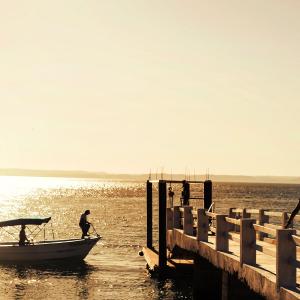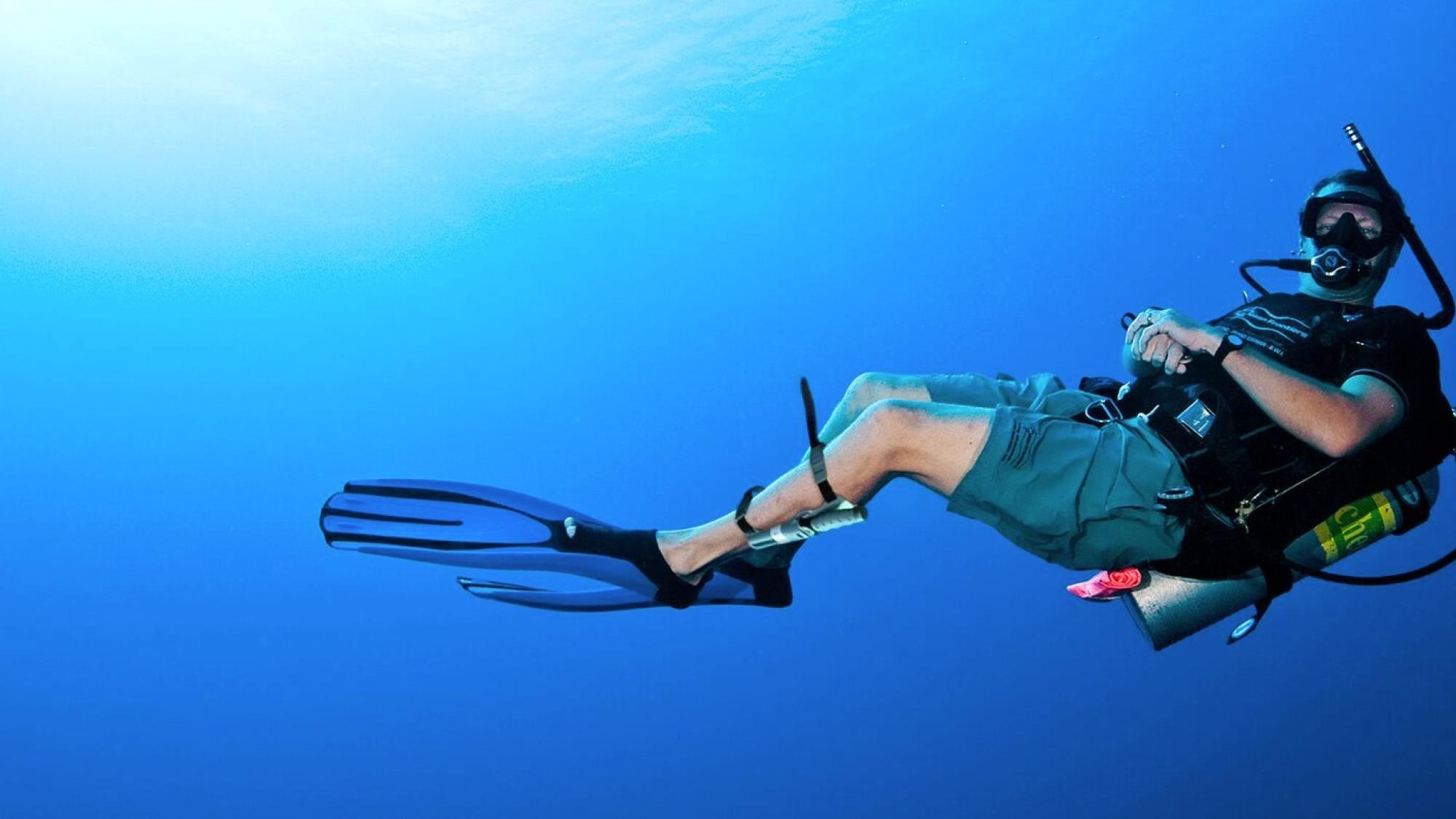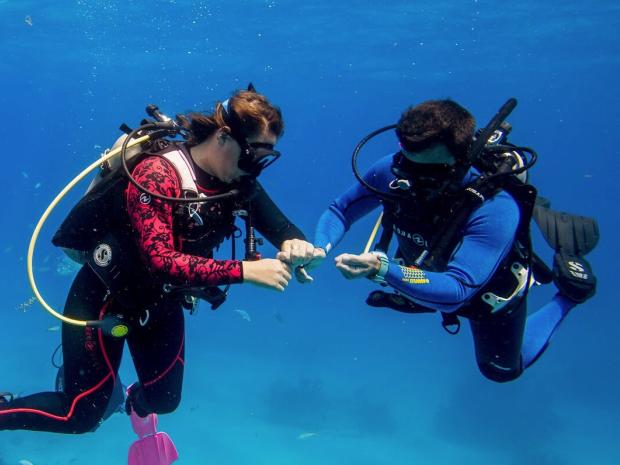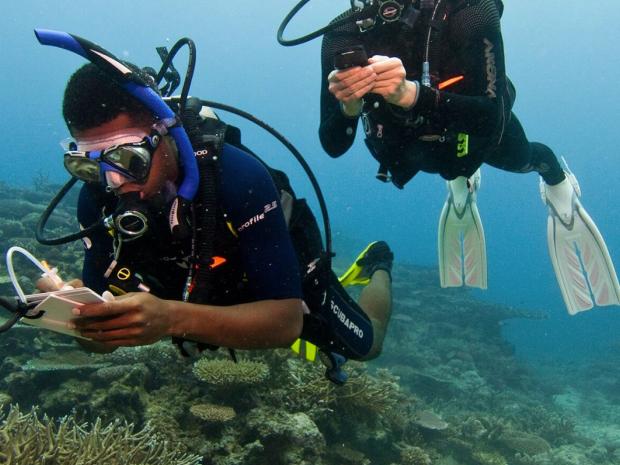A good dive knife is the best tool a diver can have. From stainless steel to titanium, a good sharp or serrated edge can help in any entanglement.
Description
A dive knife is a general tool that scuba divers occasionally use to cut entangling fishing line or rap on their tanks to get a buddy’s attention. Some items that fall under this category aren’t really knives at all, but are tools designed for specific uses underwater. Dive knives and tools are not weapons and should never be used to harm aquatic creatures or deface the underwater environment. Visit your PADI Dive Center or Resort to get advice about dive knives and tools. Visit Scuba Diving Magazine for everything you need to know about various dive knives all in one place, including buyer’s guides, head-to-head reviews and how-to guides
Standard Features
- Sheath with retainer to mount it on your equipment, such as on your BCD or back of your gauge console; or on you – strapped inside your leg or on your wrist. The sheath must hold your knife securely, yet allow you to release it with one hand.
- Sharp edge for cutting.
Dive Tool Styles
- Dive knife – a stainless steel or titanium knife, usually with a sharp cutting edge and a serrated (sawing) edge. They range in size from very compact to large.
- Dive tool – a dive knife with the sharp tip replaced with a prying tool.
- Dive shears – scissors, good for cutting monofilament line.
- Z-knives – specialized hooks with a blade for cutting fishing line or net.
Optional Features
- Titanium – very corrosion resistant and light
- Metal handle butt – On larger knifes, a metal handle butt doubles as a hammer or nice solid surface for rapping on your scuba tank.
How to Choose
- Start by deciding where you will wear your dive knife or tool because this may dictate what size you’re looking for. If you travel a lot, a small knife or shears are your best bet.
- Once you know placement and size range, handle a variety of knives at your PADI Dive Center or Resort.
- Evaluate the grip in your hand. If you normally wear gloves while scuba diving, test the grip with gloves on.
- Release the knife from the sheath and replace it several times to get a feel for how easy it is. Do this with gloves on, if appropriate and mounted where you plan to wear it, if possible.
- Choose the best knife or tool based on the features that appeal to you.
- Consider getting two tools – a dive knife and shears (or a Z-knife) if you dive in areas where you may encounter abandoned fishing line.

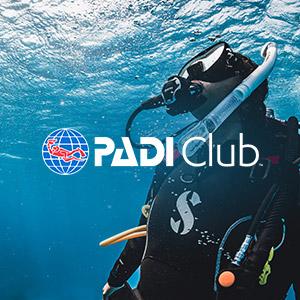





 Marine Debris
Marine Debris
 Shark & Ray Protection
Shark & Ray Protection
 Adopt The Blue
Adopt The Blue







